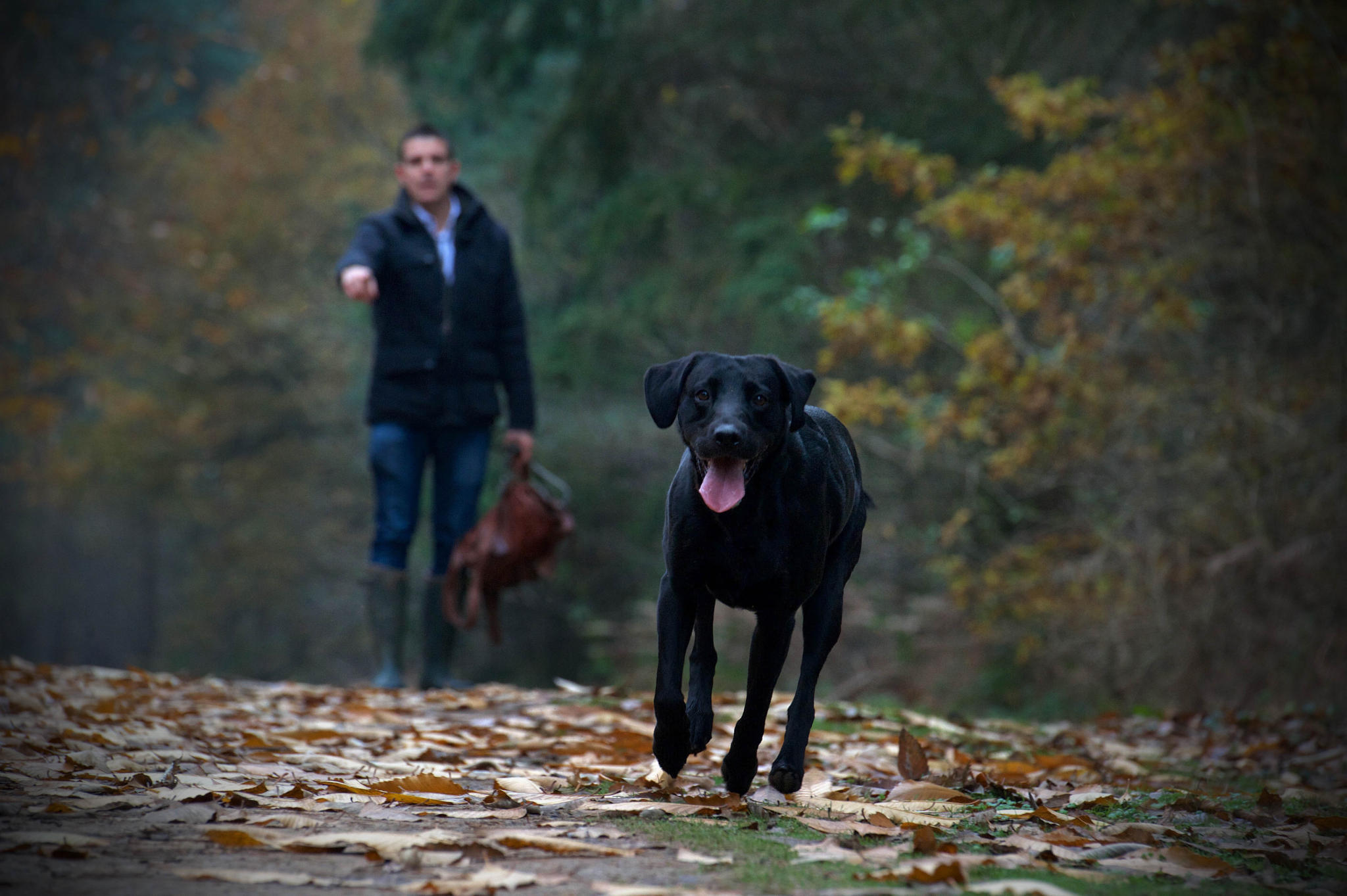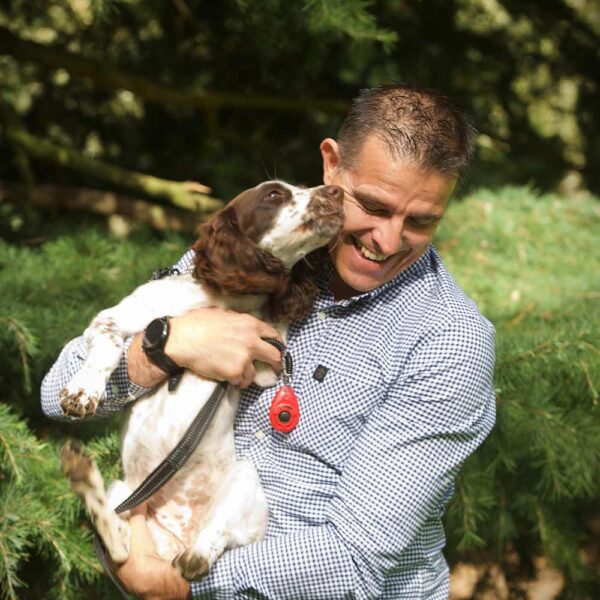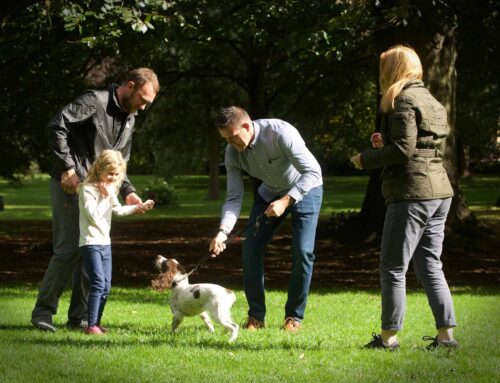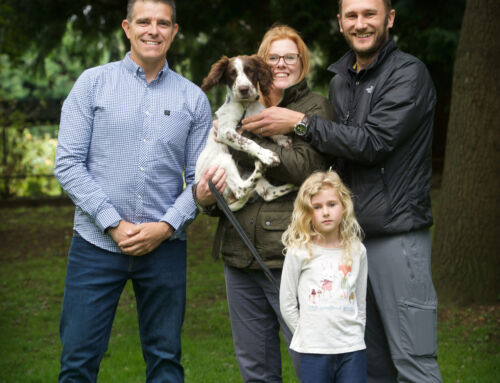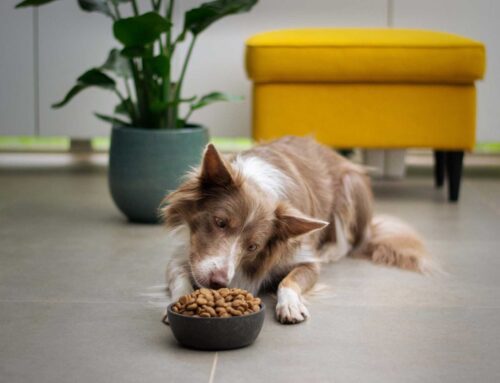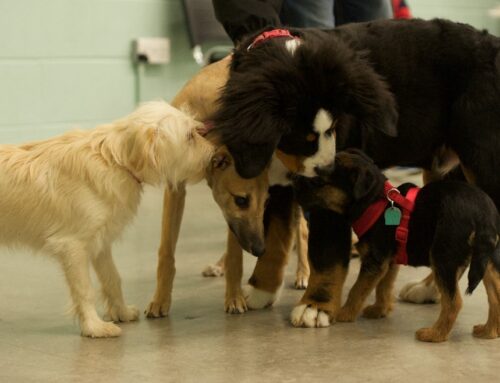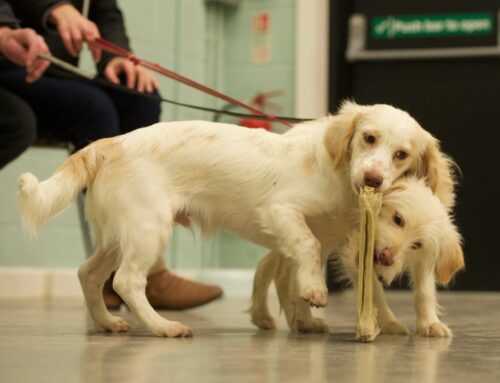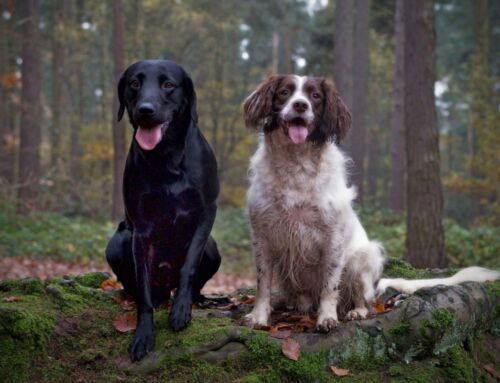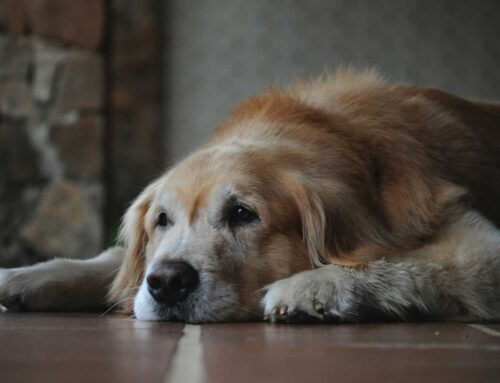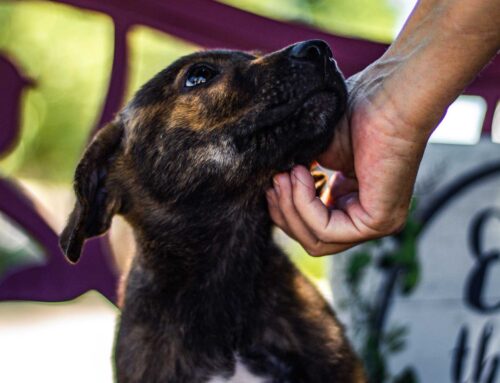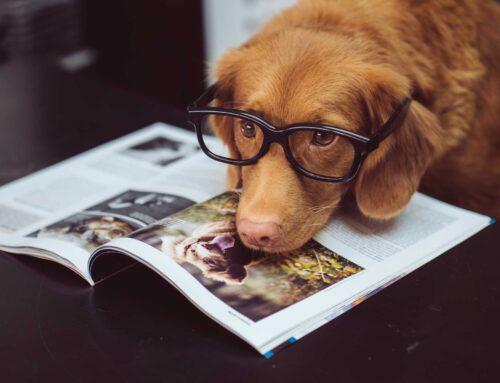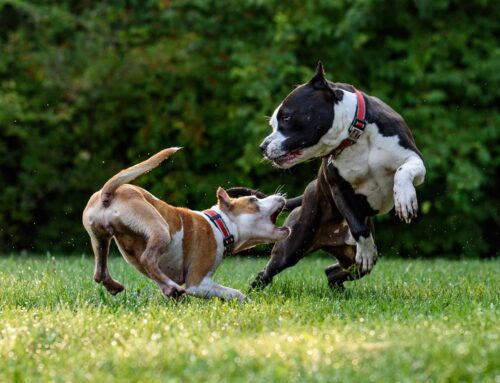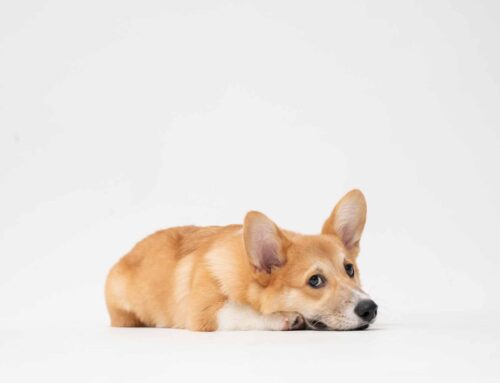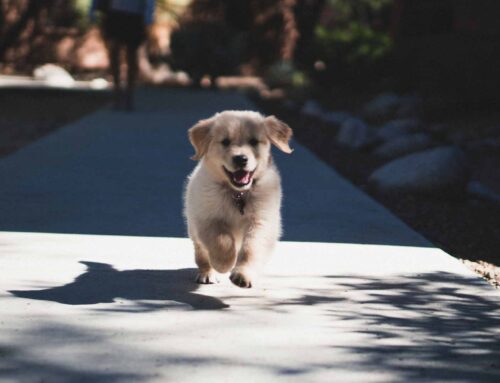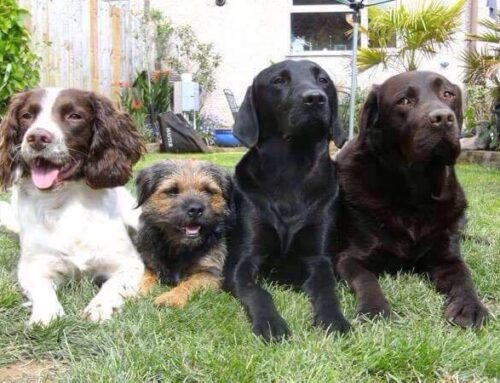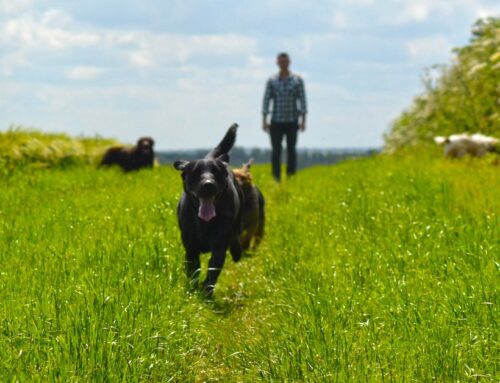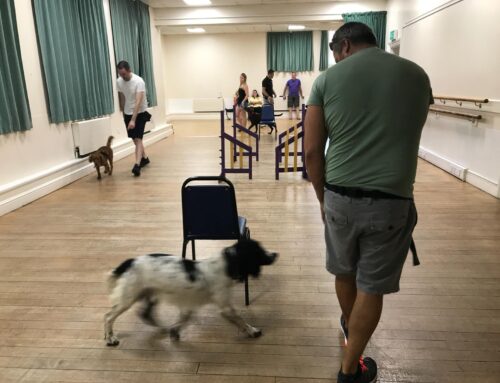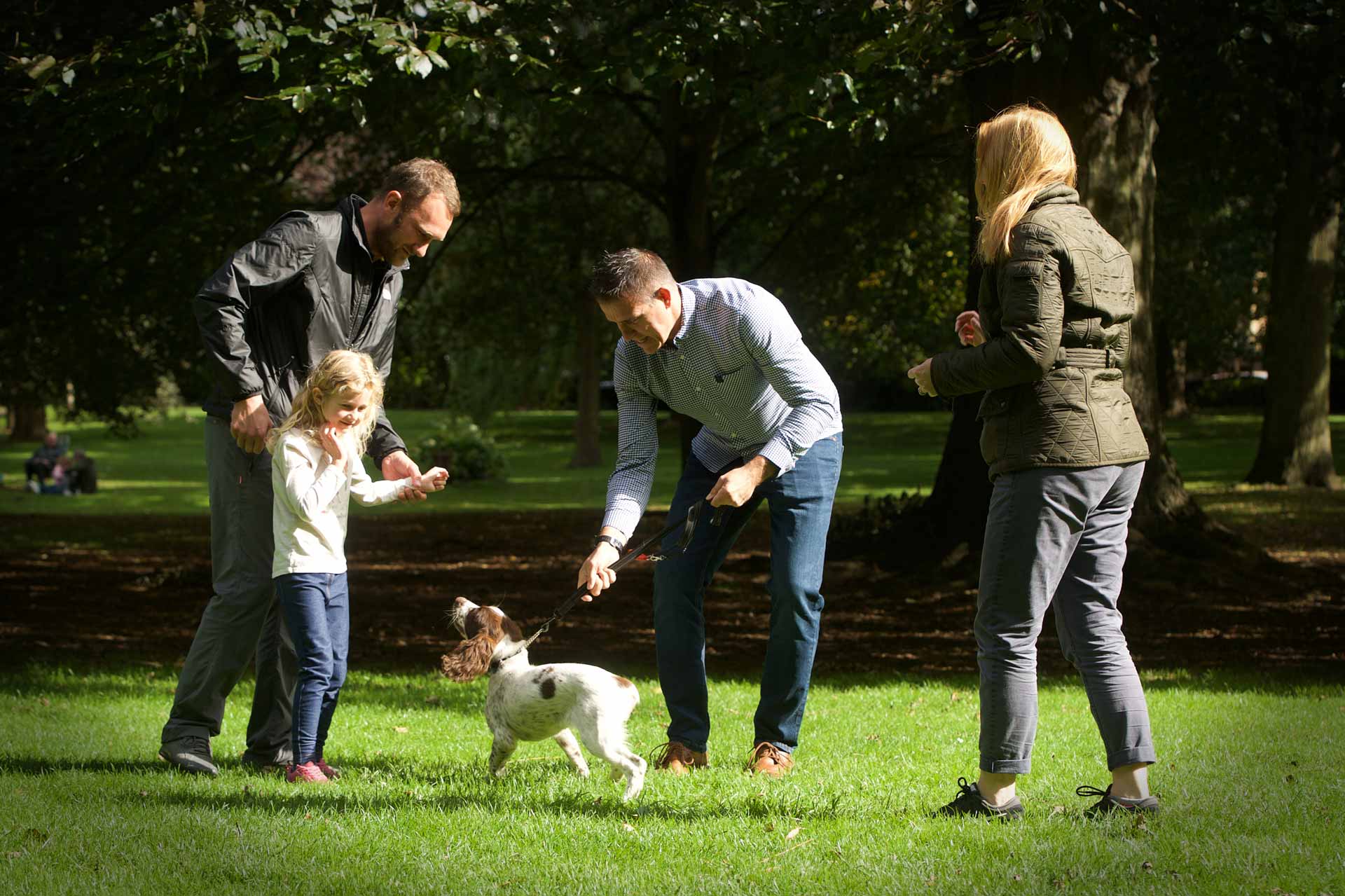,
Please note
Firstly when recall training don’t let your dog off unless your sure your dog will recall back! Certainly test your dog’s recall against various stimuli before letting them off any long line.
It’s important to prevent your dog running off during training. This will only set your dogs training back. People will often reward with praise or food. Other dogs will engage in highly exciting behaviours. All these interactions will only be seen as rewarding as you are trying to recall your dog.
Training from puppy stage
Puppies normally do not venture far from their owners when walking in parks and other environments. This can give the illusion that your puppy wouldn’t require any formal recall training. Certainly not true!
It is imperative to do some form of recall training from a very early age. Subsequently this will embed this behaviour into your dogs mind, especially during the formulation of the brain.
Recall training what you need to do
Equipment:
- Long training lead 10metres long minimum
- Rewards – must be of a high meat content making up a 1/3 of your dogs daily diet.
- Collar with proper identification tag
Do’s and Don’t when using the long line
Using the long line ensure it doesn’t get tangled around your ankles or legs. Keep loose loops in your hand and let them fall from your hand as your dog walks of from you. Don’t use the long line as a lead keeping it taught.
If your dog gets tangled up in the line. Throw the line to the ground and allow your dog to walk out of the tangle. Keep a foot on the line to prevent your dog running of. Never try to pull the line to untangle it. This will only exacerbate the problem and increase the risk of injury.
Where to start your training
Start training in a quiet location first, like your garden. Build up to more challenging areas like the park, with distractions over a period of time of about 2-3 weeks. If you are carrying out your training at a park and other dogs approach, simply stop the training.
As your dog progresses, start to test your dog’s recall when in busy environments. meanwhile if you feel the recall isn’t being achieved then go back to the training at distance and try again in a couple of weeks.
Training for a good dog recall
Walk on lead for a while then transfer your dog on to the long line. Always clip the long line on first then un-clip your lead. Most importantly this will give you SAFETY.
Have your high meat content treats ready; ie: chicken, beef, sausage, natural meat treats etc. (This should make up to a third of your dogs daily diet in terms to use for rewarding.) Giving your dog copious amounts of food when your dog returns to you will mean they quickly associate you with being a high stimulus.
Please note though dry food or dry biscuit treats don’t work for recall training, especially if you are already feeding a dry biscuit food as apart of your dogs daily diet. High meat content rewards, like natures diet, chicken, sausage etc. work best!
Think about your commands you want to use. “Here” or “Come” are generally good commands to use for calling your dog back to you. Make sure the whole family are consistent with the command that is to be used. Next introduce a release command for your dog. The release command tells your dog they are free to roam/run. Some examples of release commands would be “Go play” or “Get on” or just “Play”. You also need a visual command for your dog, otherwise known as a non verbal command. A good one is a persistent thigh slap as your dog is approaching you.
Putting it all into practise
Start by doing recall training around the home and in the garden. (This doesn’t have to be performed whilst on the long line). Remember to have your high meat content treat readily available. Starting recalls in the home allows the dog to get used to the rewards for coming to you in an environment of fewer distractions than, say, the park.
- Call your dog by his name enthusiastically.
- As soon as they come into sight drop their name and introduce your command along with thigh slapping.
- Make sure you reward instantly as soon as your dog arrives at your feet and within a 2 second window.
Don’t get your dog to perform anything else, like a sit for instance, otherwise you will only be rewarding that behaviour. After a couple of days of performing recalls around the home and garden move onto a slightly more challenging area like the park, but without too many distractions.
Moving training to the park
When you arrive at the park and have transferred your dog onto the long line make sure your dog doesn’t have the full length of the line. Also ensure the line cannot get tangled as stated in the safety advice.
Release command is allowing your dog the freedom
First you need to accustom your dog to the release command. Walk a few paces and lets say you are going to use the command “play”. Give the command and completely ignore your dog. Do not give eye contact, if your dog starts trying to jump up or walking in front and trying to get your attention, walk in the other direction and repeat the release command.
Eventually your dog will realise that exploring may be more fun and rewarding than the staying by your side. Some dogs may not walk too far, thinking they are still on their lead – but this will quickly change after a couple of days. Keep repeating your release command until your dog starts to explore which will enable you to perform a recall. These first recalls will be within a very short distance.
As soon as your dog starts to wander away from you, without letting the long line get taught, give a good shake of the line. Do not pull, this should just be enough to shake your dogs collar making the id tag jingle, and shout your dogs name.
Keep repeating until your dog looks around at you. Start to slap your thigh and at the same time shout your command; “here” or “come”, but drop your dogs name. As you use your command look straight at your dog enthusiastically with a smiling face. As soon as your dog starts to run towards you have your meaty treat reward ready and give a good amount as soon as your dog arrives at your feet.
Repeat the command you are using as you give your meaty treat to your dog. This is essential if you want to gain a snappy recall and is very important to relate the reward with the command.
Keep training sessions short. Once you have performed the training session you should have used up all your dogs rewards to make up the one third of their daily amount of food.
The dog doesn’t recall back to you
The trick here is to have two toys that preferable squeak. Only keep these toys for recall training. Don’t leave them lying around your home and keep them out of sight. It can be of use to remove all toys whilst your dog is going through recall training as this will aid the value of these toys when you produce them, if your dog doesn’t want to recall back to you.
As your dog stands at the end of the long training line, after a couple of attempts of trying to gain the attention of your dog by shaking the training line and shouting your dogs name produce a squeaky toy. This should gain your dogs attention straight away. Shout your command and give non verbal commands; thigh slaps.
Most dogs will start to run towards their owners on hearing the squeak but always continue using your command and thigh slaps until your dog is within a couple of metres. Throw the toy to your side for a short retrieve and let your dog play with it. Call the dog to you, take the toy and put away. Only throw the toy within the limits of the long line and keep one foot on the line to stop your dog from running off with the toy. Repeat this recall training if appropriate.
The second toy should be produced to lure your dog to you if it decides not to come back with the first toy that you have thrown. Squeak the toy as before. Most dogs will return to the owner when this second toy is produced and spit out the other toy, or leave the first toy and return the handler. When the dog does return reward with either a meaty treat or a controlled play session with the second toy for a short time. Then put the second toy away along, with the first toy. If appropriate continue with your recall training. Remember to always repeat your command for recall when your dog returns to you.
In conclusion
Like I have already stated it’s best to start your dogs recall training early. Consistency is key and a along with abundance of patience. Your breed of dog will play a part to how long it may take to achieve a good recall. However if you would like some help then why not see my services and price list here.

